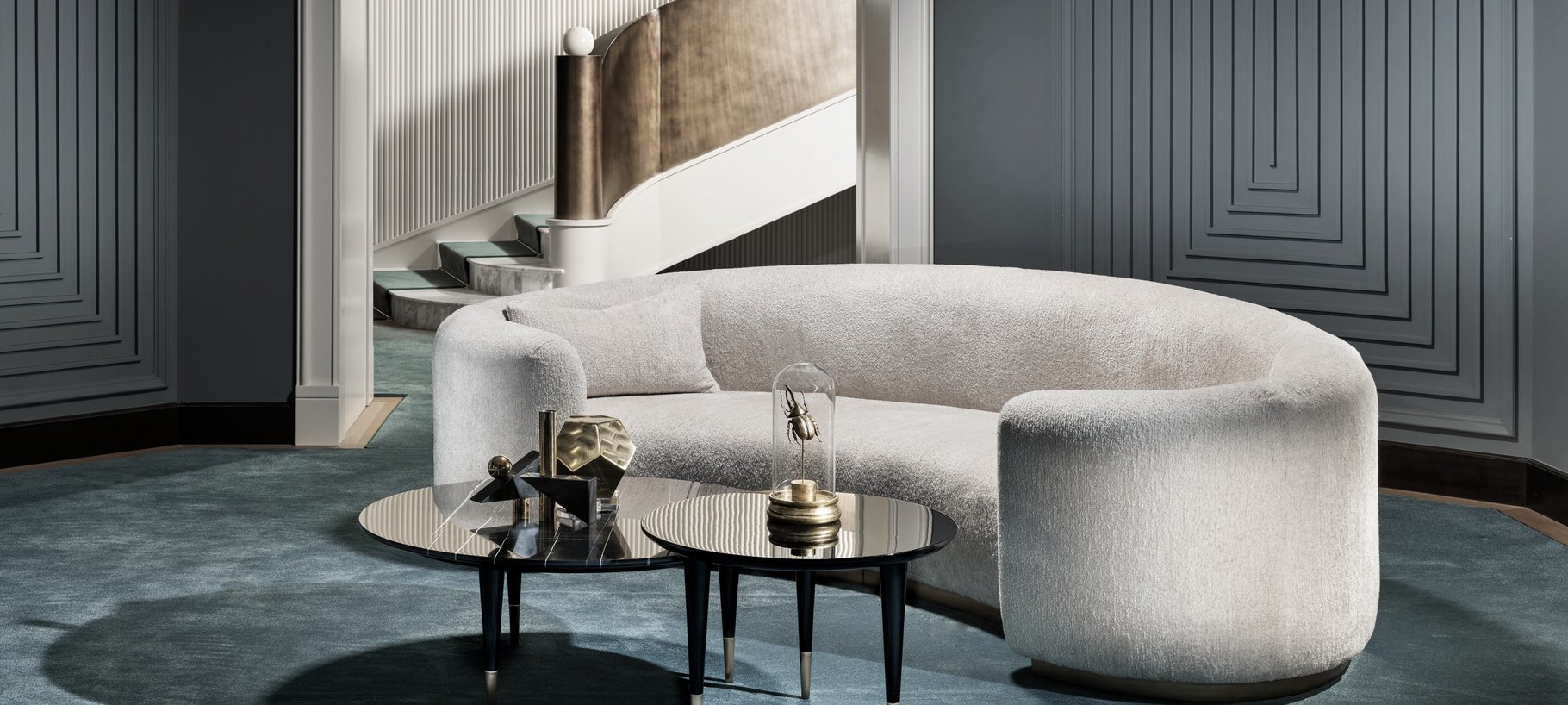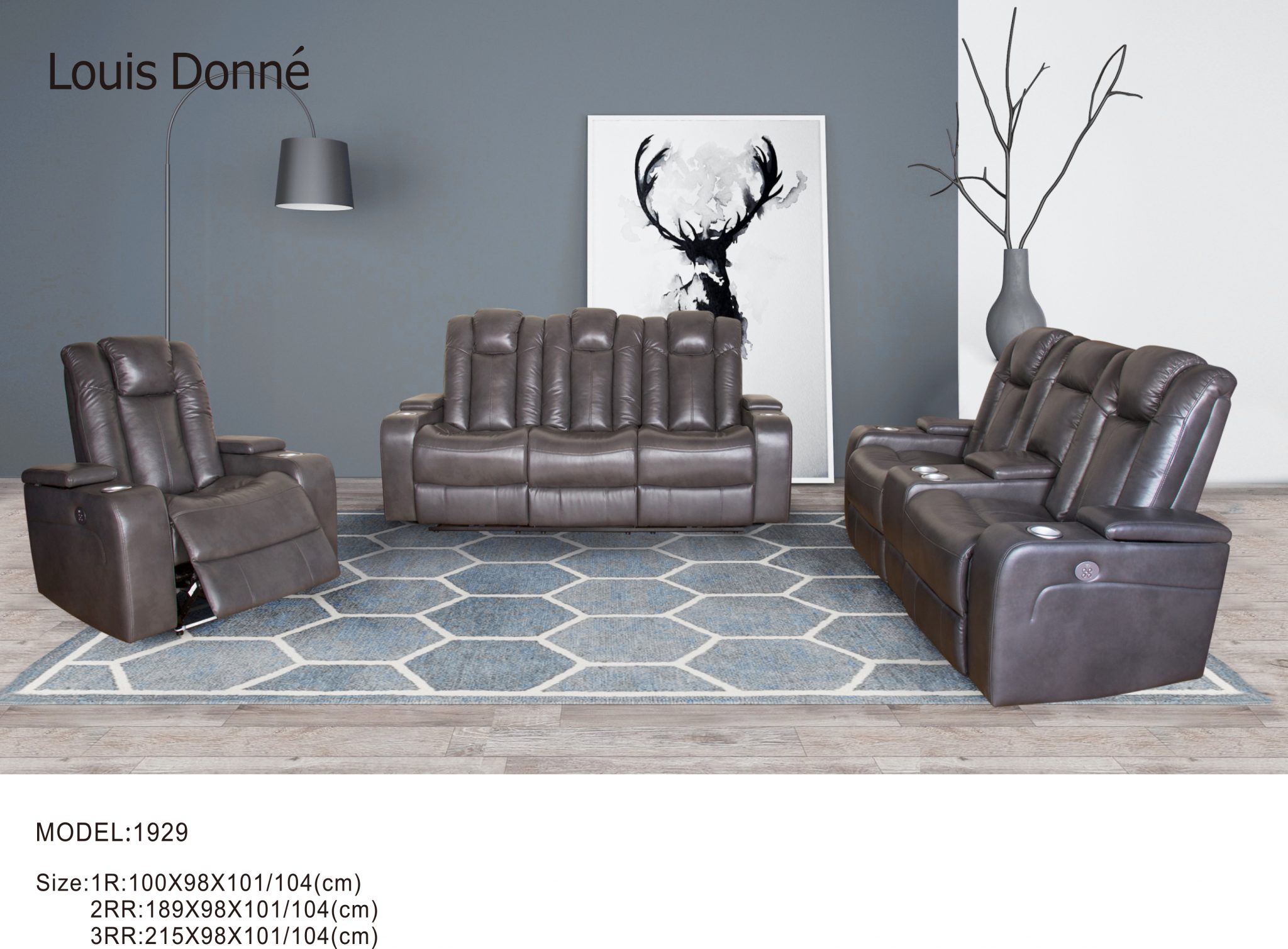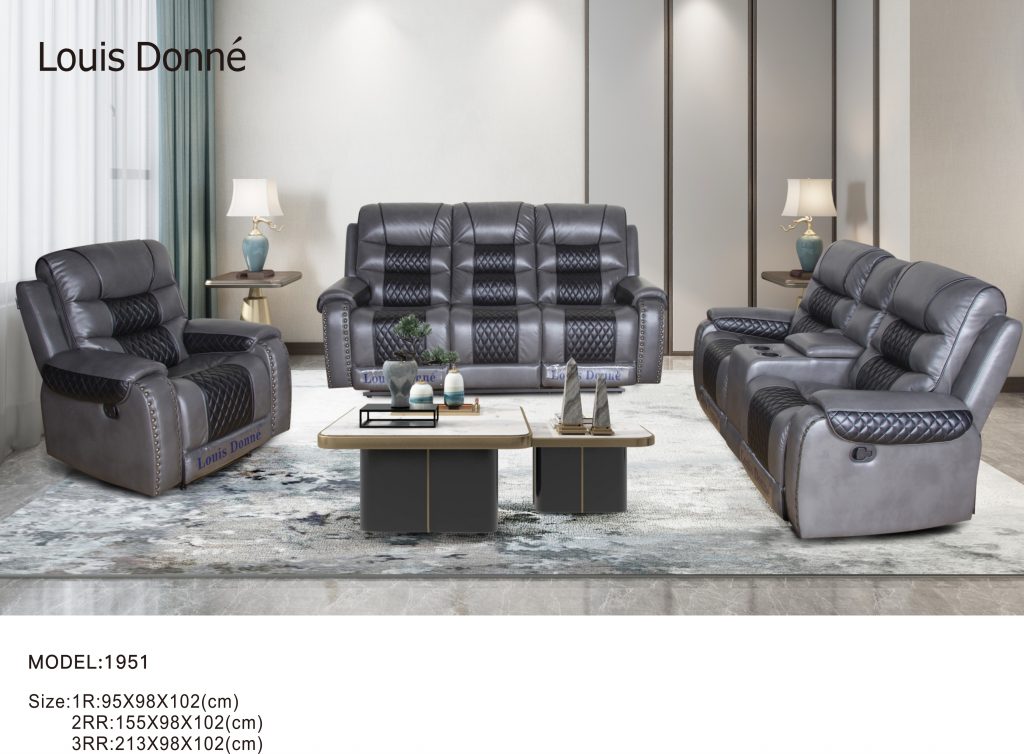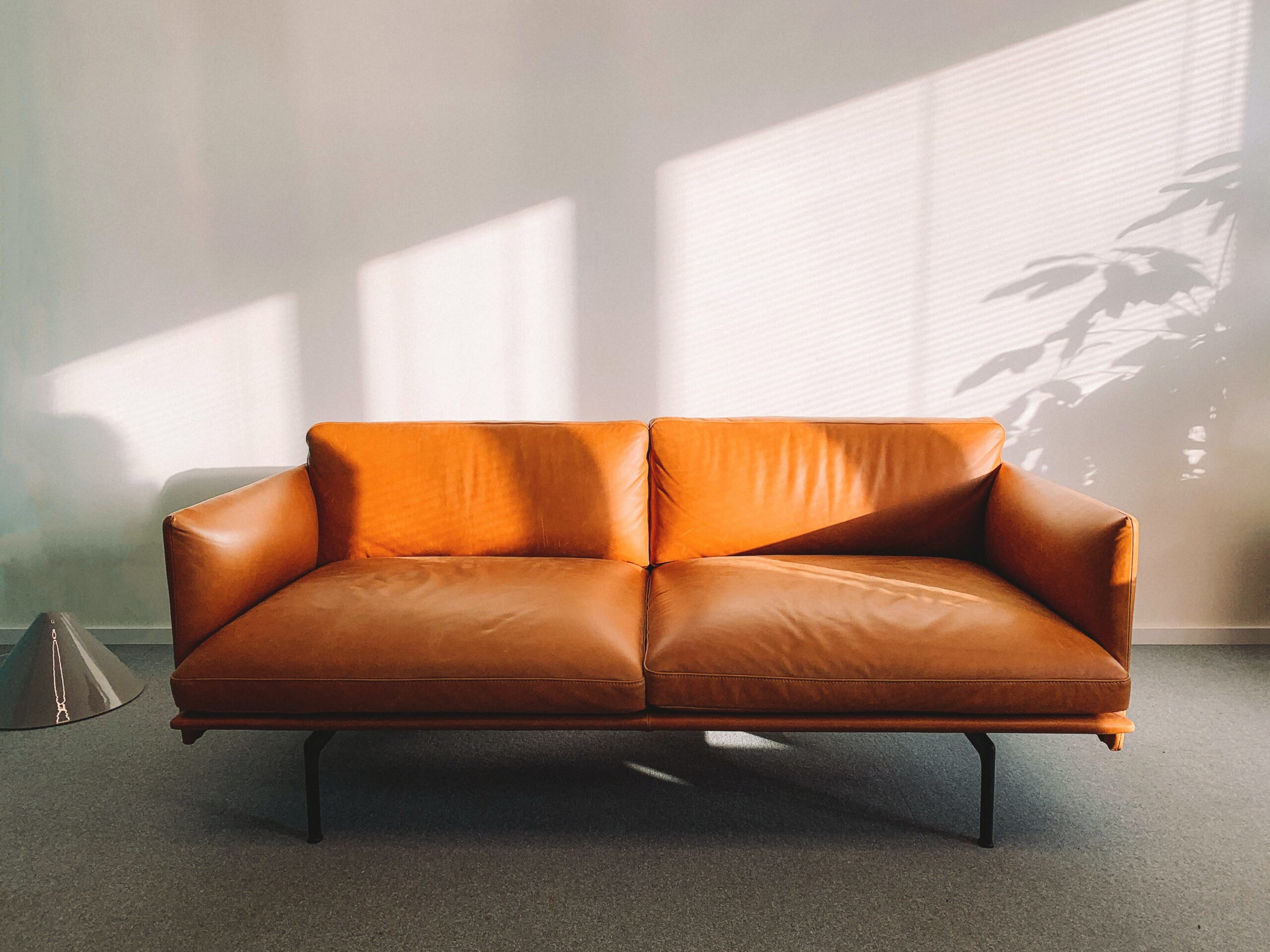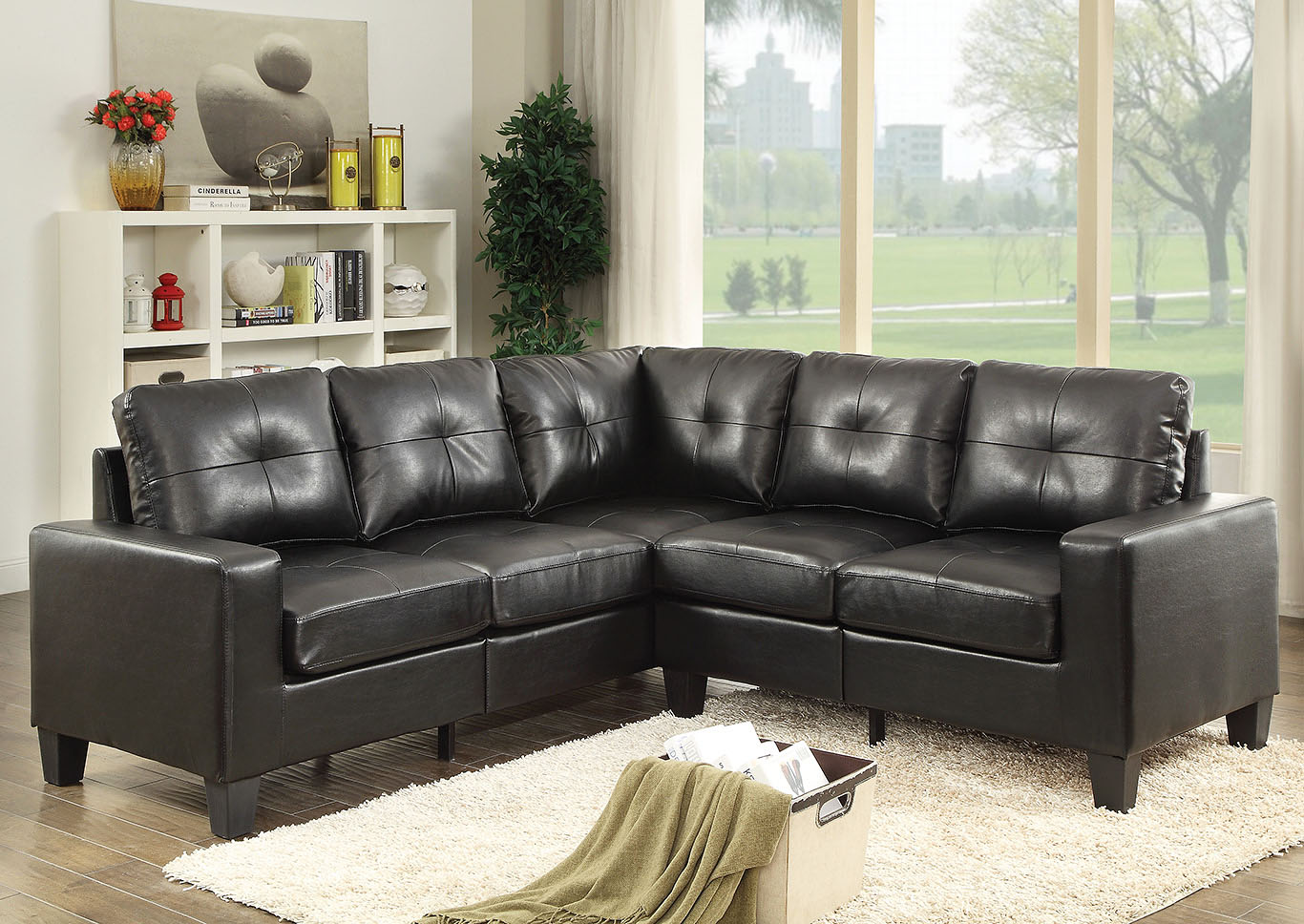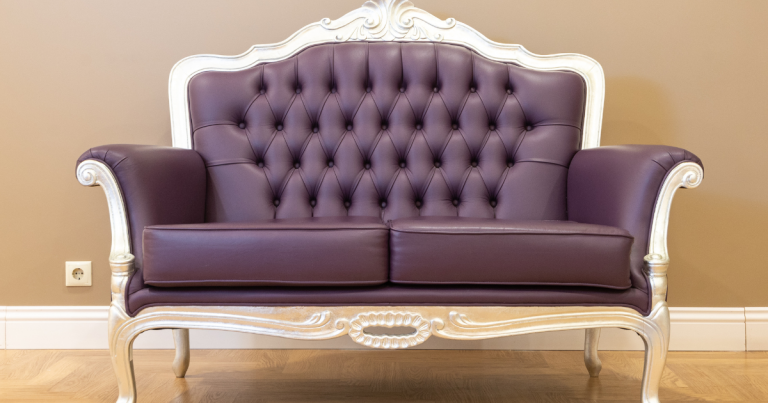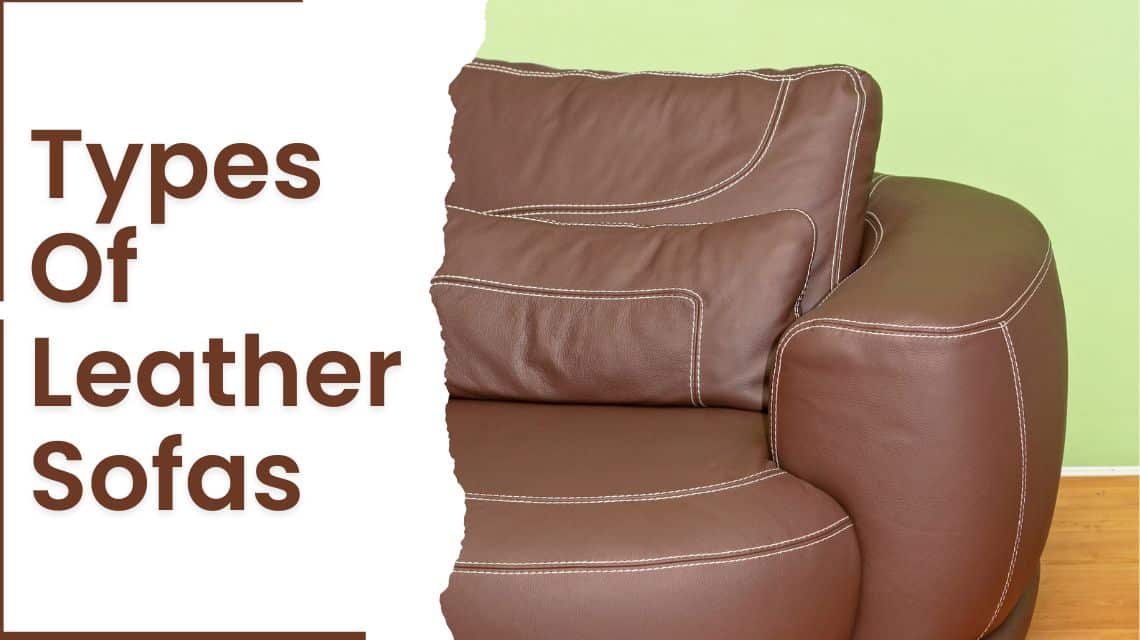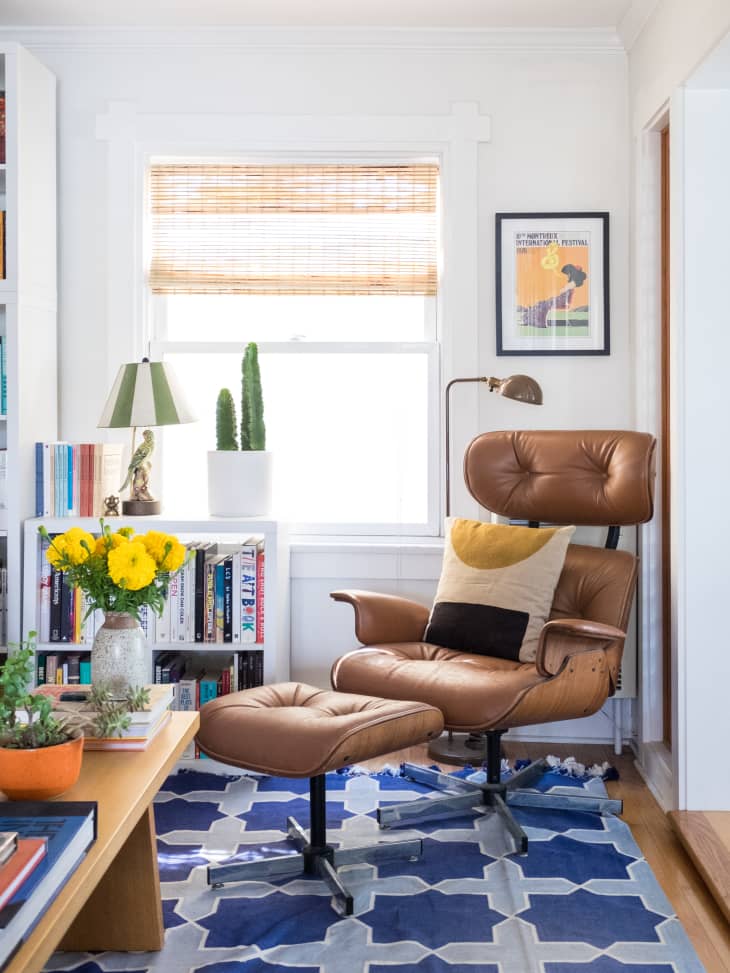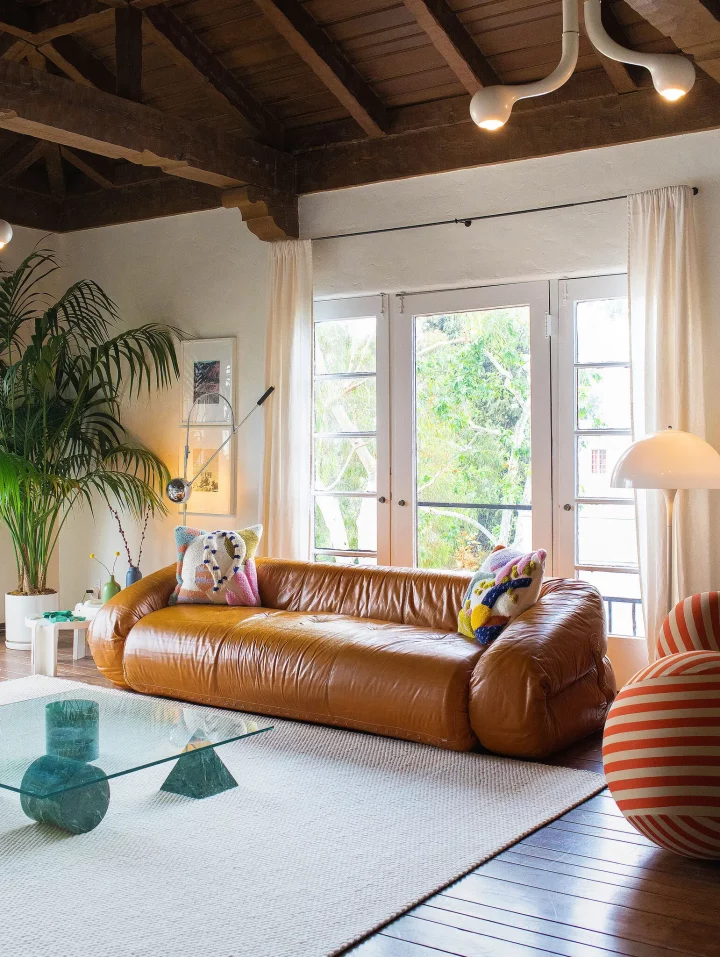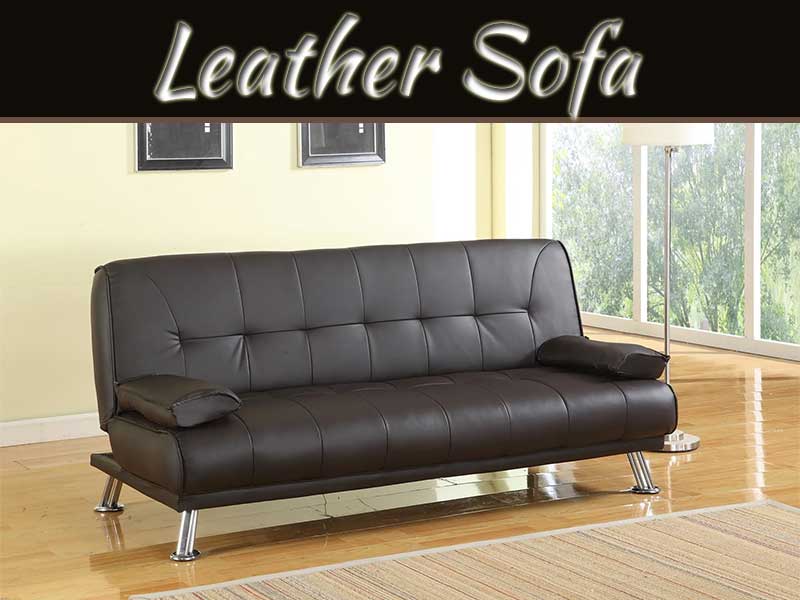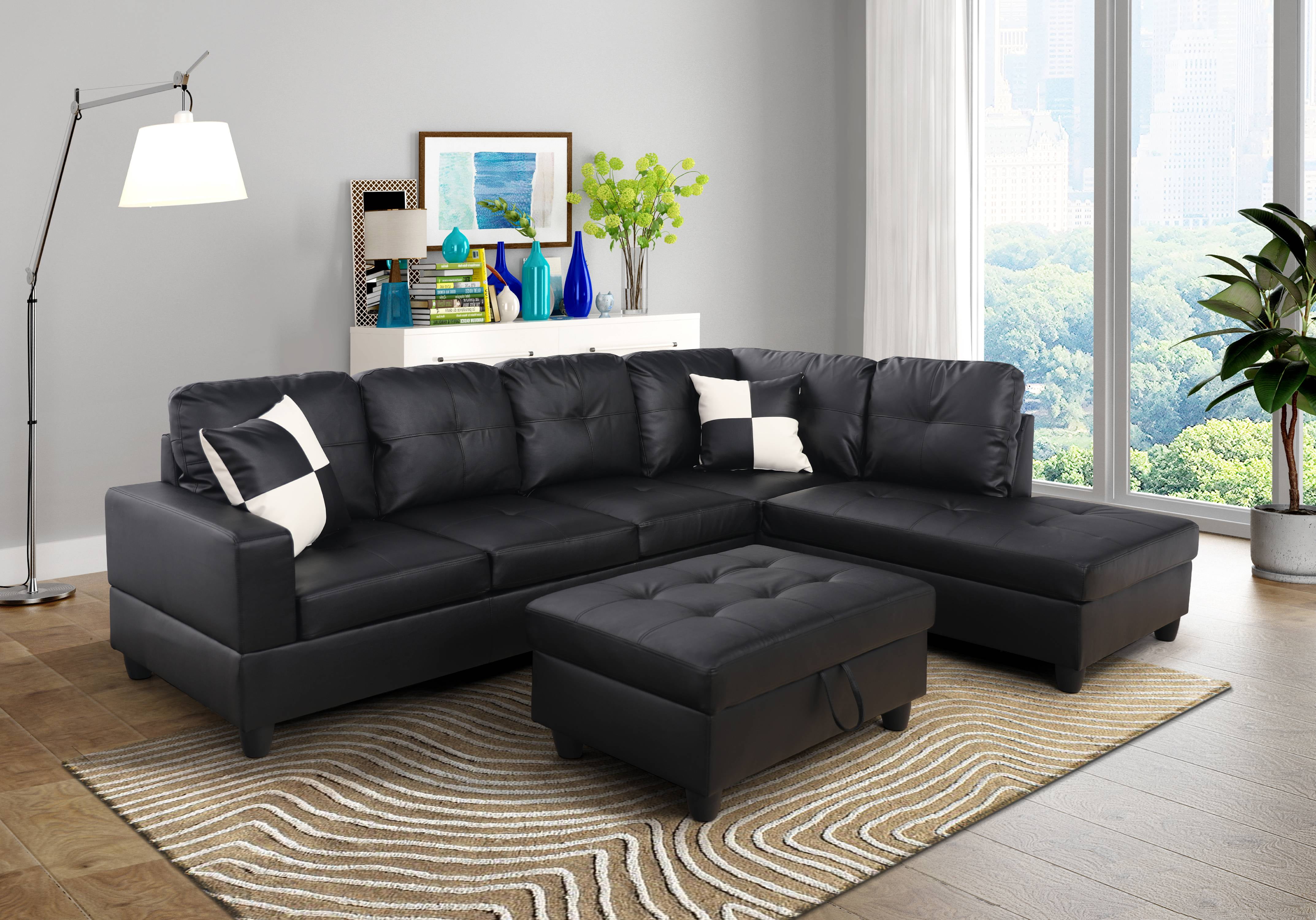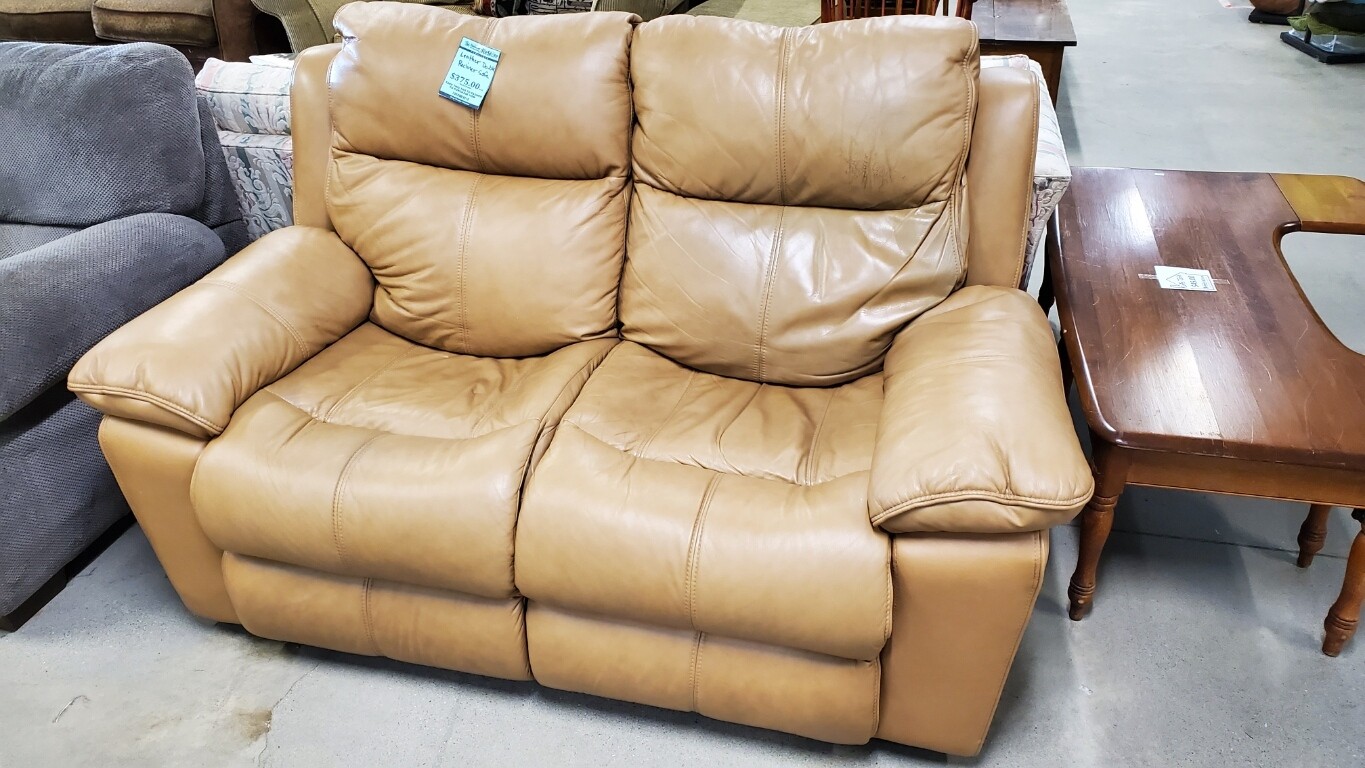Faux leather has become a popular material for sofas due to its affordable price and sleek appearance. However, as with any material, there are pros and cons to consider before making a purchase. In this article, we will explore the advantages and disadvantages of faux leather sofas to help you make an informed decision.Pros and Cons of Faux Leather Sofas
1. Cost-effective: One of the major advantages of faux leather sofas is their affordability. Faux leather is a synthetic material, meaning it is much cheaper to produce than genuine leather. This makes it a great option for those on a budget. 2. Low maintenance: Unlike genuine leather, faux leather is easy to clean and maintain. It does not require special cleaning products and can be wiped down with a damp cloth. This makes it a practical choice for households with children or pets. 3. Variety of colors and styles: Faux leather comes in a wide range of colors and styles, making it easy to find a sofa that fits your aesthetic. Whether you prefer a classic black or a bold red, there is a faux leather sofa to suit your taste. 4. Fade-resistant: Faux leather is less prone to fading than genuine leather, making it a great choice for rooms with a lot of natural light. This means your sofa will maintain its color and appearance for longer. 5. Vegan-friendly: Faux leather is a great option for those who are vegan or who prefer not to use animal products. It provides a similar look and feel to genuine leather without the ethical concerns.Advantages of Faux Leather Sofas
1. Durability: While faux leather is more affordable than genuine leather, it is also less durable. It is more prone to tearing or cracking, especially with regular use. If you are looking for a long-term investment, genuine leather may be a better option. 2. Less breathable: Faux leather does not have the same breathability as genuine leather, meaning it can be uncomfortable to sit on for extended periods. This can be especially problematic during hot weather. 3. Susceptible to peeling: Over time, faux leather may start to peel or flake off. This is especially common in areas that experience a lot of wear and tear, such as the armrests or seat cushions. 4. Not environmentally friendly: Faux leather is made from synthetic materials, which can have a negative impact on the environment. The production process also uses toxic chemicals, making it less eco-friendly than other materials. 5. Not as luxurious: While faux leather can provide a similar look and feel to genuine leather, it does not have the same luxurious quality. If you are looking for a high-end, luxurious sofa, faux leather may not be the best option.Disadvantages of Faux Leather Sofas
There are both advantages and disadvantages to consider when it comes to faux leather sofas. Ultimately, the decision will depend on your budget, lifestyle, and personal preferences. Faux leather can be a great option for those looking for an affordable, low maintenance sofa, but it may not provide the same level of durability and luxury as genuine leather. At the end of the day, it is important to weigh the pros and cons and make the choice that best suits your needs and style. With the right care and maintenance, a faux leather sofa can be a stylish and practical addition to your home.Conclusion
The Pros and Cons of Choosing a Faux Leather Sofa for Your Home
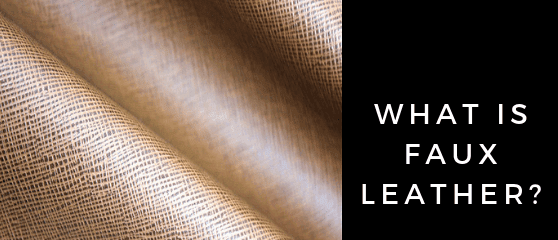
What Is Faux Leather?
The Pros of Choosing a Faux Leather Sofa
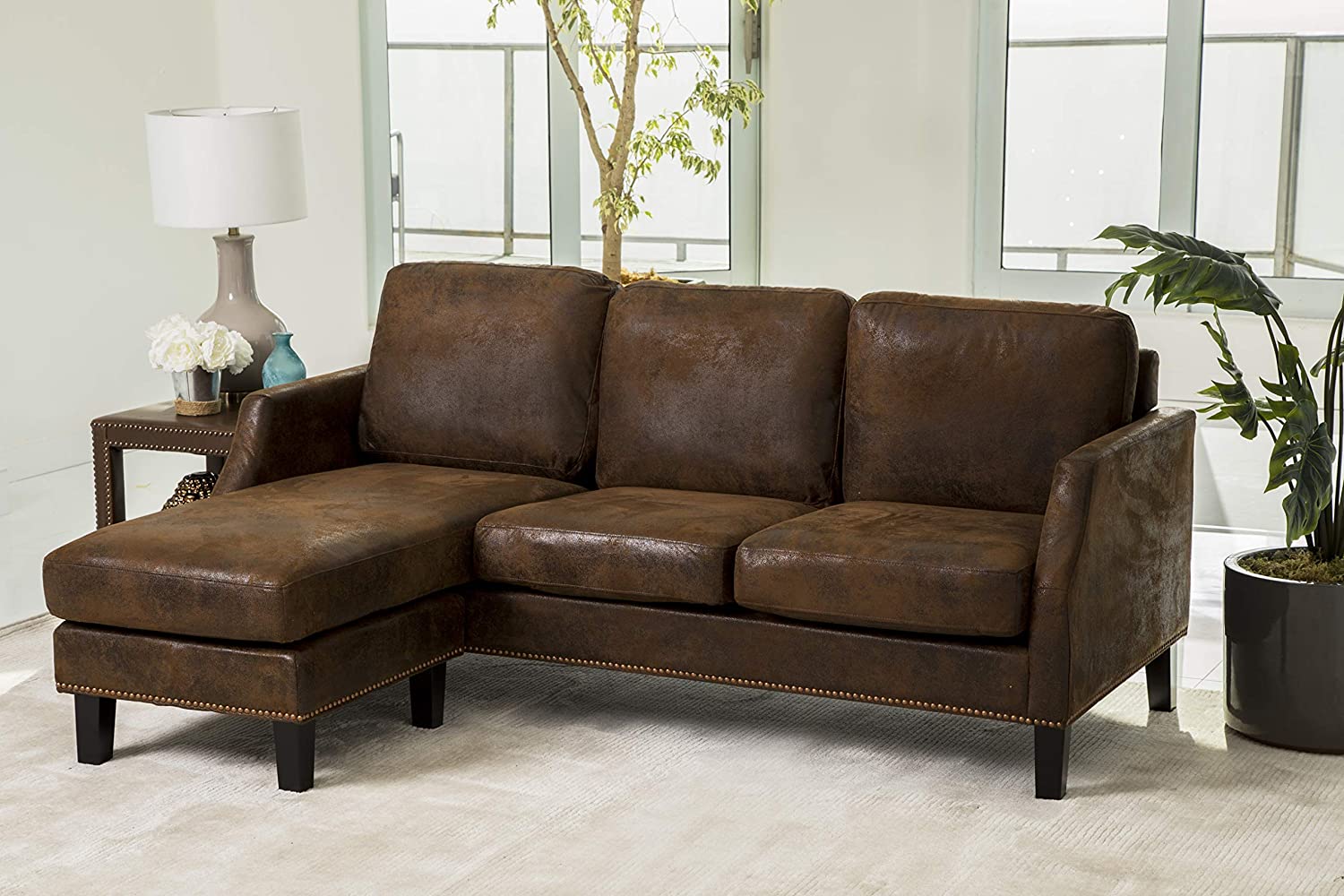 1. Affordability
One of the biggest advantages of choosing a faux leather sofa is its affordability. Real leather can be quite expensive, making it out of reach for many homeowners. Faux leather, on the other hand, is much more budget-friendly while still providing a similar look and feel to real leather.
2. Durability
Faux leather is known for its durability and resistance to wear and tear. It is not as prone to cracking or peeling like real leather, making it a great option for high-traffic areas in your home. It is also easy to clean and maintain, as spills and stains can be wiped away with a damp cloth.
3. Variety of Colors and Styles
Faux leather comes in a wide range of colors and styles, making it easy to find a sofa that fits your personal taste and home decor. Whether you prefer a classic black or brown leather look, or something more bold and colorful, there is a faux leather sofa that will suit your style.
4. Animal-Friendly
For those who are conscious about animal welfare, faux leather is a great alternative to real leather. No animals are harmed in the production of faux leather, making it a more ethical choice for your home.
1. Affordability
One of the biggest advantages of choosing a faux leather sofa is its affordability. Real leather can be quite expensive, making it out of reach for many homeowners. Faux leather, on the other hand, is much more budget-friendly while still providing a similar look and feel to real leather.
2. Durability
Faux leather is known for its durability and resistance to wear and tear. It is not as prone to cracking or peeling like real leather, making it a great option for high-traffic areas in your home. It is also easy to clean and maintain, as spills and stains can be wiped away with a damp cloth.
3. Variety of Colors and Styles
Faux leather comes in a wide range of colors and styles, making it easy to find a sofa that fits your personal taste and home decor. Whether you prefer a classic black or brown leather look, or something more bold and colorful, there is a faux leather sofa that will suit your style.
4. Animal-Friendly
For those who are conscious about animal welfare, faux leather is a great alternative to real leather. No animals are harmed in the production of faux leather, making it a more ethical choice for your home.
The Cons of Choosing a Faux Leather Sofa
 1. Not as Breathable
Unlike real leather, faux leather is not as breathable and can trap heat and moisture. This can make it uncomfortable to sit on for extended periods, especially in warmer climates.
2. Less Natural Appearance
While faux leather may look and feel similar to real leather, it does not have the same natural texture and smell. Some may prefer the authentic look and feel of real leather and find faux leather to be less appealing.
3. Not as Durable as Real Leather
While faux leather is durable, it is not as long-lasting as real leather. Over time, the polyurethane or PVC coating can wear away, exposing the fabric base and making it more susceptible to tearing and peeling.
1. Not as Breathable
Unlike real leather, faux leather is not as breathable and can trap heat and moisture. This can make it uncomfortable to sit on for extended periods, especially in warmer climates.
2. Less Natural Appearance
While faux leather may look and feel similar to real leather, it does not have the same natural texture and smell. Some may prefer the authentic look and feel of real leather and find faux leather to be less appealing.
3. Not as Durable as Real Leather
While faux leather is durable, it is not as long-lasting as real leather. Over time, the polyurethane or PVC coating can wear away, exposing the fabric base and making it more susceptible to tearing and peeling.
Conclusion
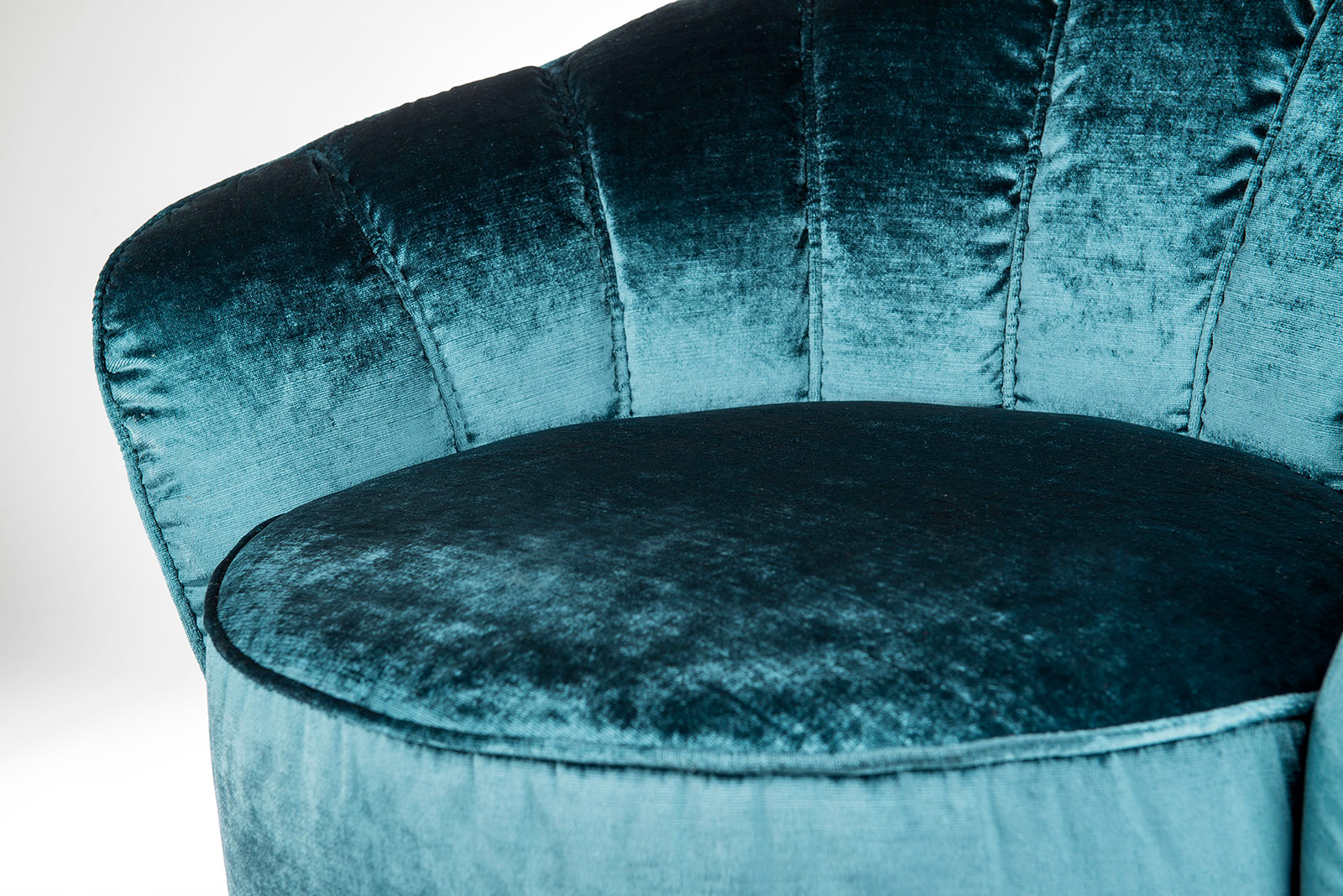 In conclusion, choosing a faux leather sofa for your home comes with its own set of pros and cons. It is a more affordable and animal-friendly option, but may not be as breathable or durable as real leather. Ultimately, the decision comes down to personal preference and budget. Whichever option you choose, make sure to properly care for your sofa to ensure its longevity and comfort.
In conclusion, choosing a faux leather sofa for your home comes with its own set of pros and cons. It is a more affordable and animal-friendly option, but may not be as breathable or durable as real leather. Ultimately, the decision comes down to personal preference and budget. Whichever option you choose, make sure to properly care for your sofa to ensure its longevity and comfort.
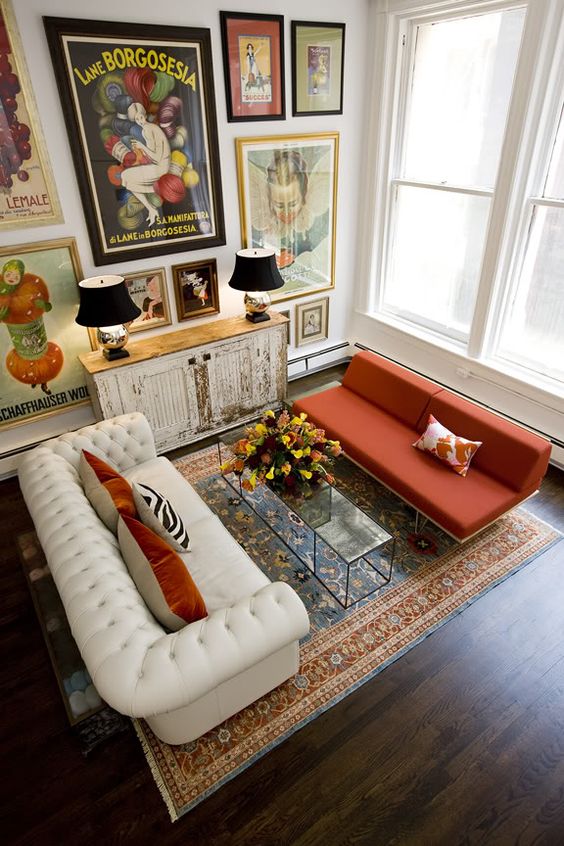

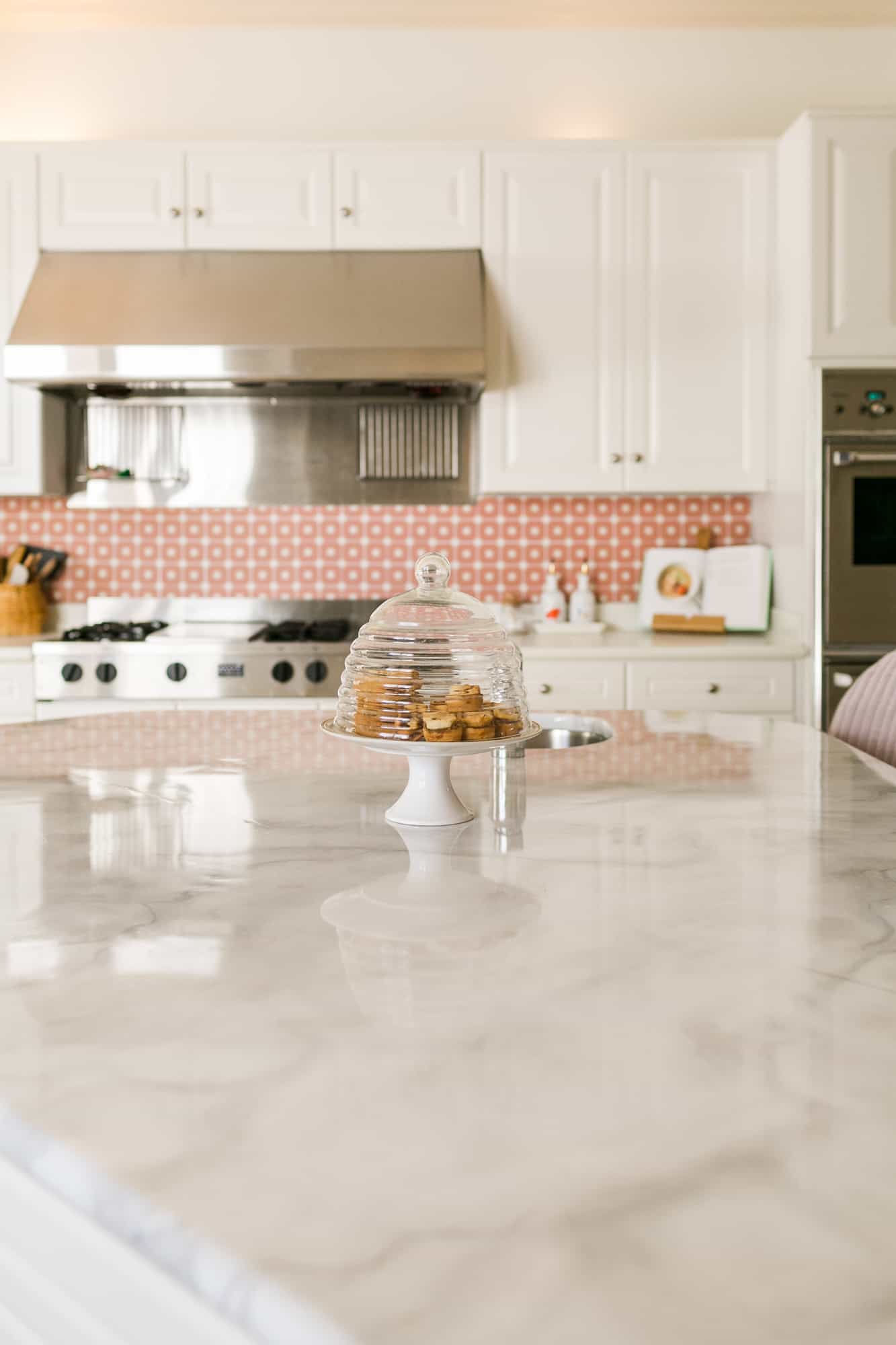


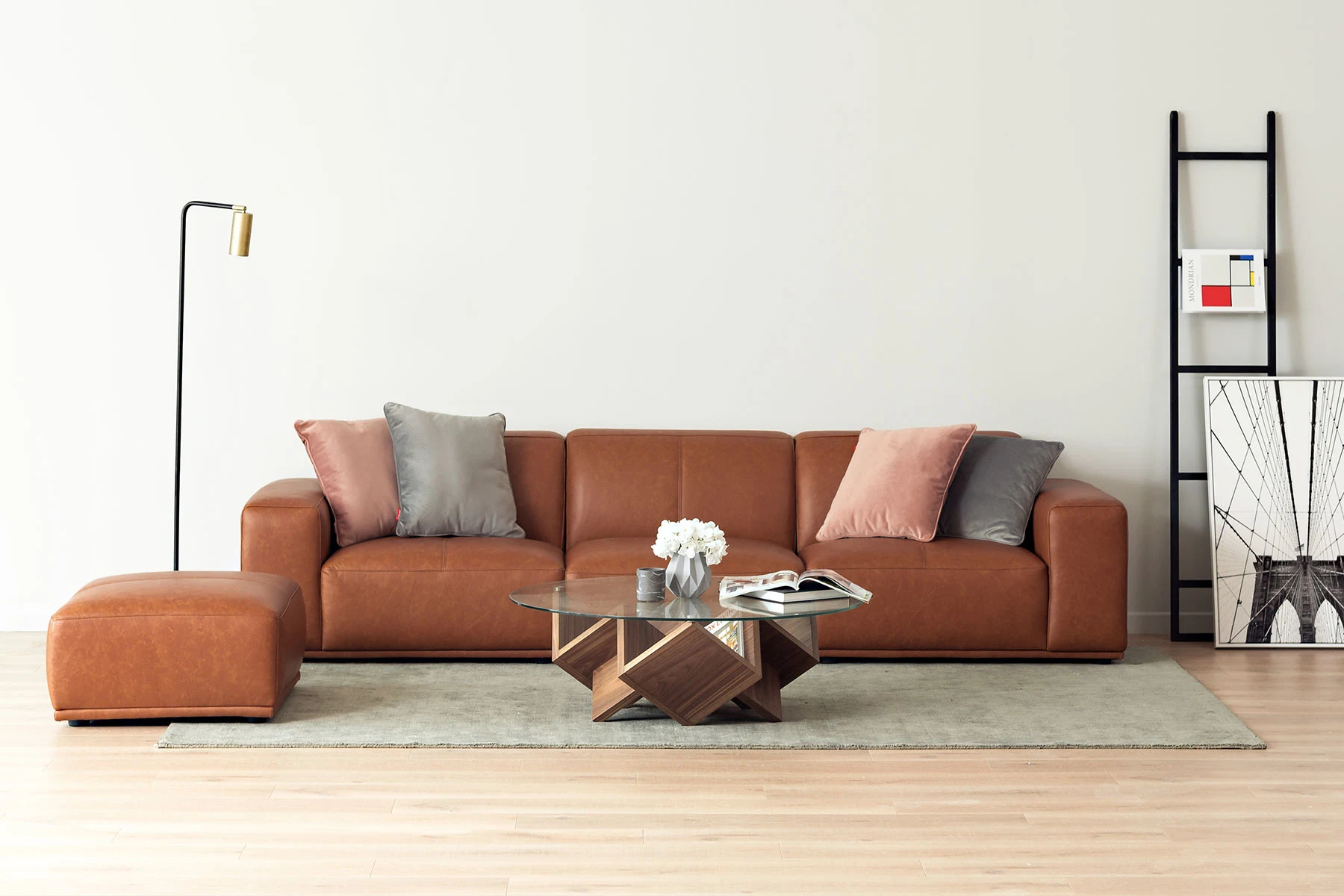





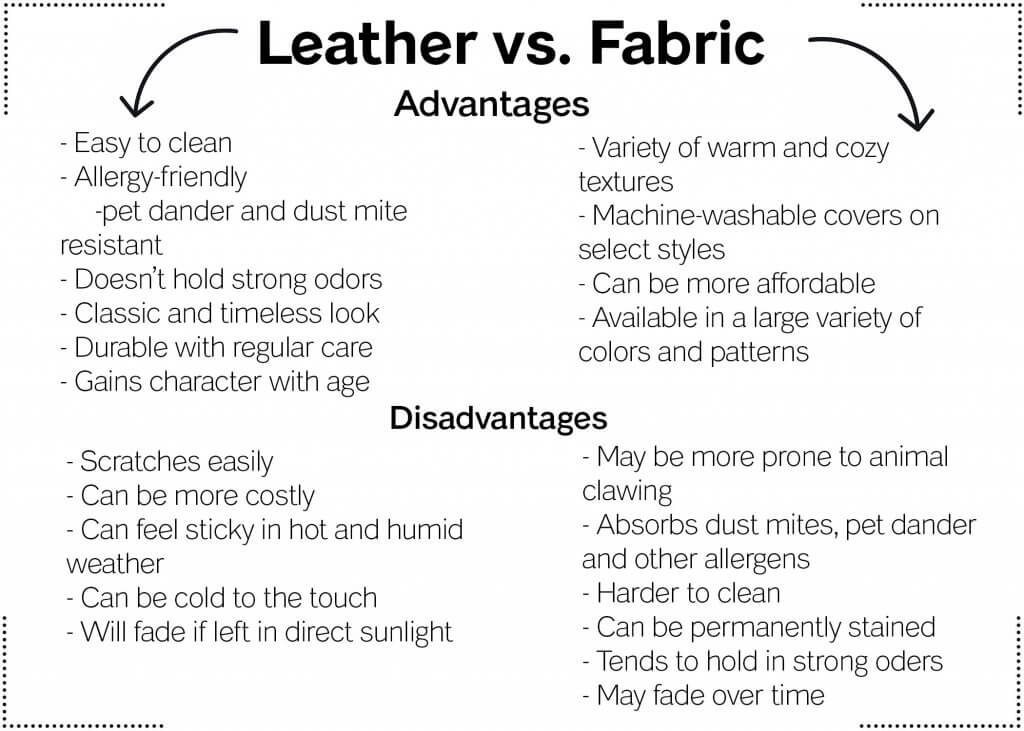
-min.jpg?ph=3d02638c46)
